
Currency swap lines have been used during times of crisis in the past, such as the 2008 global financial crisis and the 2020 coronavirus pandemic.
The United States Federal Reserve has announced a coordinated effort with five other central banks aimed at keeping the U.S. dollar flowing amid a series of banking blowups in the U.S. and in Europe.
The March 19 announcement from the Fed comes only a few hours after Swiss-based bank Credit Suisse was bought out by UBS for $3.25 billion as part of an emergency plan led by Swiss authorities to preserve the country’s financial stability.
According to the Federal Reserve Board, a plan to shore up liquidity conditions will be carried out through “swap lines” — an agreement between two central banks to exchange currencies.
Swap lines previously served as an emergency-like action for the Federal Reserve in the 2007-2008 global financial crisis and the 2020 response to the COVID-19 pandemic. Federal Reserve-initiated swap lines are designed to improve liquidity in dollar funding markets during tough economic conditions.
Coordinated central bank action to enhance the provision of U.S. dollar liquidity: https://t.co/Qs4cYY8BFO
— Federal Reserve (@federalreserve) March 19, 2023
“To improve the swap lines’ effectiveness in providing U.S. dollar funding, the central banks currently offering U.S. dollar operations have agreed to increase the frequency of seven-day maturity operations from weekly to daily,” the Fed said in a statement.
The swap line network will include the Bank of Canada, Bank of England, Bank of Japan, European Central Bank and the Swiss National Bank. It will start on March 20 and continue at least until April 30.
The move also comes amid a negative outlook for the U.S. banking system, with Silvergate Bank and Silicon Valley Bank collapsing and the New York District of Financial Services taking over Signature Bank.
The Federal Reserve, however, made no direct reference to the recent banking crisis in its statement. Instead, it explained that they implemented the swap line agreement to strengthen the supply of credit to households and businesses:
“The network of swap lines among these central banks is a set of available standing facilities and serve as an important liquidity backstop to ease strains in global funding markets, thereby helping to mitigate the effects of such strains on the supply of credit to households and businesses.”
The latest announcement from the Fed has sparked a debate about whether the arrangement constitutes quantitative easing.
U.S. economist Danielle DiMartino Booth argued that the arrangements are unrelated to quantitative easing or inflation and that it does not “loosen” financial conditions:
MISINFORMATION PREVENTION MOMENT
— Danielle DiMartino Booth (@DiMartinoBooth) March 19, 2023
Swap lines do NOT constitute loosening financial conditions.
One more example: You're a doctor. A patient is having cardiac arrest. You can SEE the paddles to revive him/her but you can't REACH the paddles. These swap lines HAND you the paddles. https://t.co/RXOPiBmsif
The Federal Reserve has been working to prevent an escalation of the banking crisis.
Related: Banking crisis: What does it mean for crypto?
Last week, the Federal Reserve set up a $25 billion funding program to ensure banks have sufficient liquidity to cover customer needs amid tough market conditions.
A recent analysis by several economists on the SVB collapse found that up to 186 U.S. banks are at risk of insolvency:
“Even if only half of uninsured depositors decide to withdraw, almost 190 banks are at a potential risk of impairment to insured depositors, with potentially $300 billion of insured deposits at risk.”
Cointelegraph reached out to the Federal Reserve for comment but did not receive an immediate response.

You can get bonuses upto $100 FREE BONUS when you:
💰 Install these recommended apps:
💲 SocialGood - 100% Crypto Back on Everyday Shopping
💲 xPortal - The DeFi For The Next Billion
💲 CryptoTab Browser - Lightweight, fast, and ready to mine!
💰 Register on these recommended exchanges:
🟡 Binance🟡 Bitfinex🟡 Bitmart🟡 Bittrex🟡 Bitget
🟡 CoinEx🟡 Crypto.com🟡 Gate.io🟡 Huobi🟡 Kucoin.
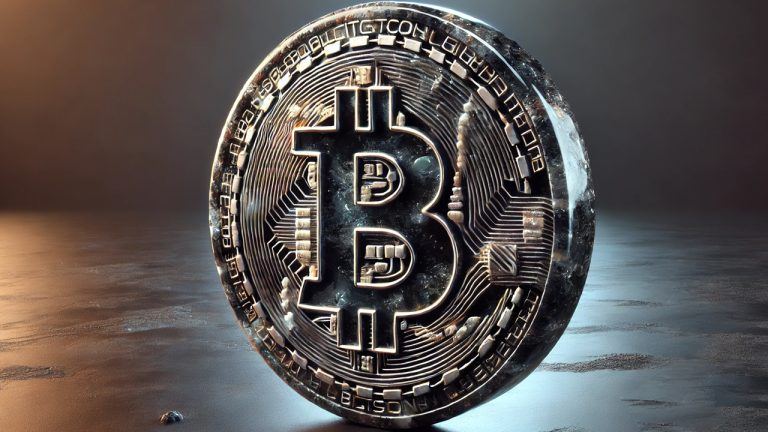




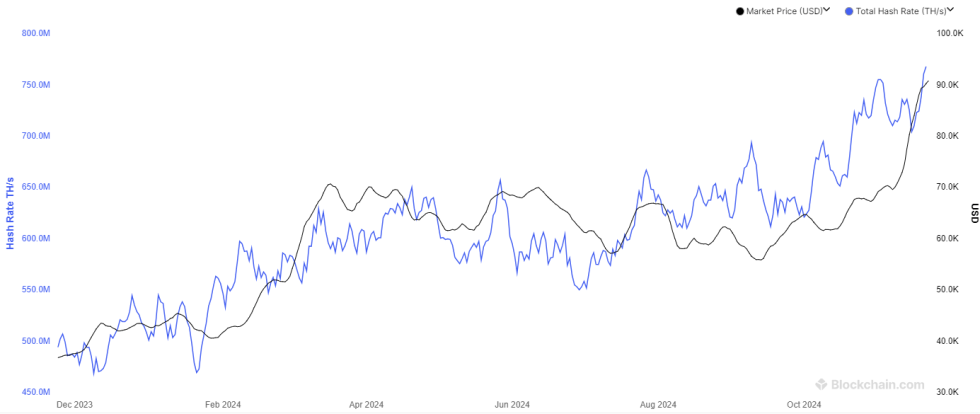






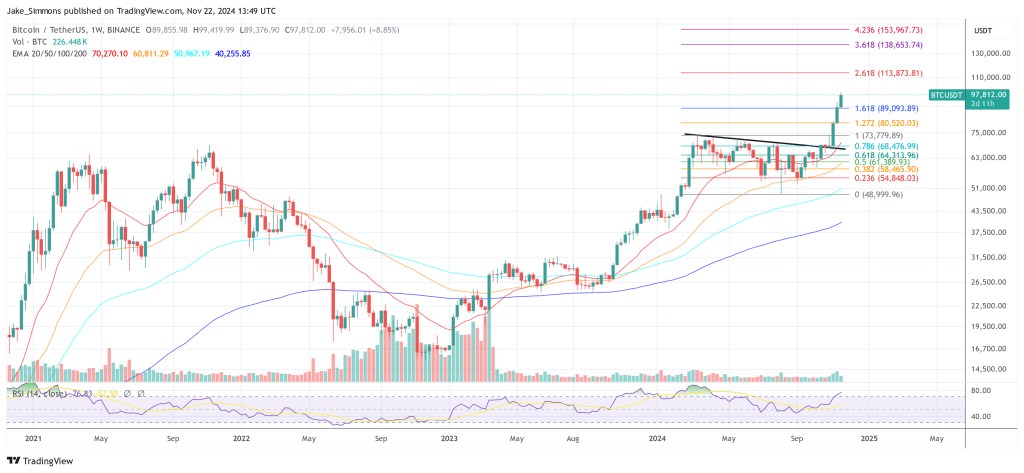



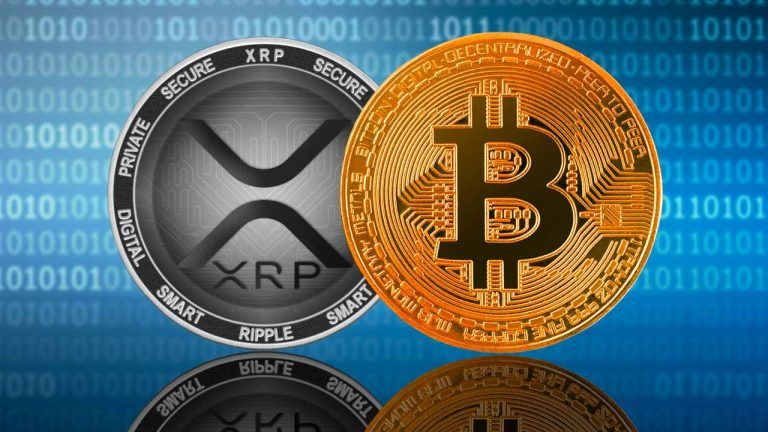
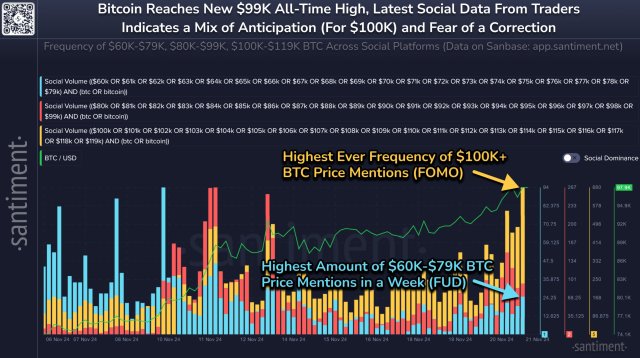
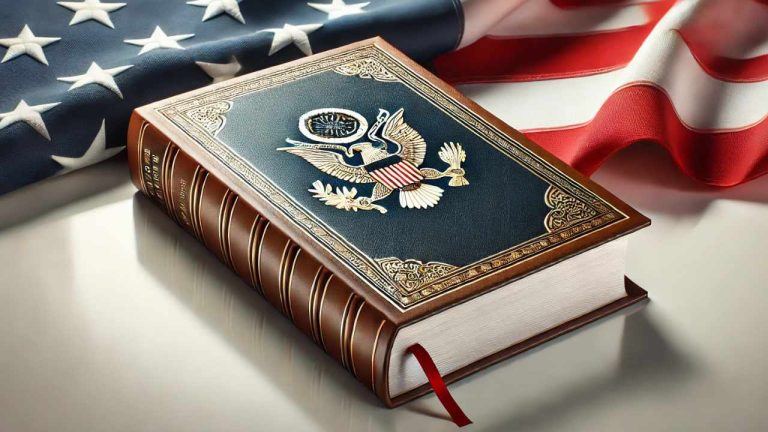

Comments